“A full-time job as a self-employed coach, nine horses, the maintenance of your domain: how did you manage that in recent years? Where did you get the energy?”. People have asked me questions like these regularly since my husband died six years ago.
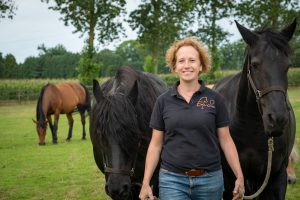
As an answer to these questions, I’m sharing my solution focused action formula:
- Step 1: If something is bothering you, turn it into a wish
- Step 2: Make that wish so powerful that it becomes a desire
- Step 3: Translate that desire into a decision
- Step 4: Make your decisions come true: take action, in small steps
My life is in a satisfying new flow now, and my formula remains a steady factor.
Step 1: From burden to wish
One of the most challenging questions to be answered when something is bothering you, is the solution focused question, “What do you want?”. At least, it is difficult for many people to answer it.
My horse Djohar is a master in making people aware of how helpful it is to have a clear answer to that question. Djohar can show rather pushy behaviour, and this often irritates the person who is walking with him. When I ask this person, “What do you want?”, the first reaction often captures this person’s irritation, “He is pushy, it is annoying”. That is not an answer to my question, so I repeat it, “What do you want?” An answer I often hear then is, “I do not want him this close”. That answer also doesn’t bring us any further. What exactly is meant by, ‘Not this close’? Knowing what you do not want can be helpful as a preparation, not as a message. After all, you can only head for something you do want, can’t you?
I can best describe the step ‘from burden to wish’ as entering an address in your (figurative) GPS. When you are lost, a GPS is a beneficial device. However, it only works if you enter an address. If you don’t, your GPS just shows you where you are. And an address has to be specific: “the beach” does not work as an address, nor does “not to Paris”. A GPS needs you to be precise: street, number, place. The more specific you can be about the address, the more chance that you will get there.
It is precisely the same regarding the step ‘from burden to wish’. A specific answer to the question, “What do you want?” is an important first step. And often the most difficult one.
Step 2: From wish to desire
Step 1 helps you to look beyond what is bothering you; it does not necessarily lead towards taking action, though. After all, a wish often remains hypothetical. It is usually an ‘I should…’ conversation that takes place mainly in your head.
“There’s too much rubbish in the shed; I should take it to the waste disposal site.”
“When my colleague uses my materials, he hardly ever brings it back spontaneously. I always have to remind him. I should have a conversation with him about that.”
Do you recognize this?
The key to action is in step 2. If you start exploring your wish in a solution focused way, the wish can become so powerful that it turns into a desire.
“If you take the rubbish to the waste deposit site; if you have that conversation with your colleague, what difference will it make? For you? For the other(s)? For your business?”
Answering these kinds of solution focused questions sparks the willingness to take action from your initiative, instead of from the feeling that you finally must do something about it.
That is where action starts.
Step 3: From desire to decision
Step 3 is a logical consequence of step 2. When you answer the solution focused questions mentioned in the previous step, you realize that what you long for can bring you, the other(s), your business,… so many benefits. This knowledge can create a desire so strong that you turn it into a decision: “I will just do it!”
“I will take the rubbish to the waste deposit site.”
“I will plan the conversation with my colleague.”
Now the action has started: you know what you want, you see the added value of it, and you have the willingness to realize it.
Step 4: From decision to action, in small steps
In step 1, you entered a specific address in your GPS.
In step 2, you realized that you want to head for that destination because you see the benefits it will bring you, and possibly others.
In step 3, you started your engine.
In step 4, you start driving, in small steps. After all, in every moment there are many things to take into account: the behaviour of other road users, traffic jams, road works, you are tired or hungry. Or you drive through beautiful places that make you pause your journey to enjoy them. You might even decide to change your destination and enter a new address in your GPS.
That is how I live
I know what I want. I feel the desire and the drive to achieve that because it makes me feel meaningful. And I do what is needed, taking into account the changing circumstances of every moment.
It is not always fun nor comfortable. Is it the same for you? After all, it requires you to take responsibility; it is up to you to:
- translate what is bothering you into a wish;
- turn that wish into a desire;
- make that desire so strong that it becomes a decision;
And it is up to you to realize that decision, in small steps.
It always takes you somewhere you want to be instead of leading you away from what is bothering you. And apparently, that works.
That is how I work
I also use my solution focused action formula in my work as a solution focused coach and trainer. An example is the case of Iris. In the space of two weeks, she turned a long-lasting irritation into a mind shift that resulted in her taking small steps towards a sustainable solution, as I outline below:
Iris is bothered by the behaviour of some of her colleague-doctors who keep asking her to have telephone calls with patients because they say they don’t have the time to do so themselves. These requests have a significant impact on Iris’ agenda. She would like the doctors to make these calls themselves again, but she keeps on doing the calls for them. Her close colleague decided that he wasn’t going to do the phone calls anymore. He was so convinced of his decision that he made a clear communication about the issue to the doctors. Soon the doctors did not even ask him to do the calls. Iris – who got stuck in the ‘burden – wish phase’ (step 1), kept on receiving requests to make the calls.
Step 2 (the solution focused exploration of the wish to empower it) led to a switch. Iris realized and felt what benefits it would bring her if she no longer had to make the phone calls.
Step 3 (from desire to decision) came easily. Her mindset had made the switch from “Could I do this?” to “This is what I need” and within two weeks she took the first steps towards agreeing on arrangements with all the doctors (step 4).
So…
Hold the steering wheel firmly! Train yourself to find great destinations as alternatives for everything that bothers you, believe in them, take steps to get there and be amazed at yourself.
Use the solution focused action formula, and it can help you to achieve much, thanks to – and not in spite of – everything that happens to you.
Wendy Van den Bulck
Author of:
Connective Clarity. When Horses Invite You to Take up Authentic, Solution Focused Leadership
Verbindende Duidelijkheid. Als paarden je uitnodigen tot authentiek, oplossingsgericht leiderschap
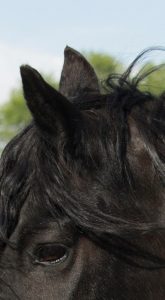 For people, the mindset, “Interesting!” is an antidote to reacting automatically from their ‘layer’ of judgements, interpretations, emotions, assumptions, and scenarios.
For people, the mindset, “Interesting!” is an antidote to reacting automatically from their ‘layer’ of judgements, interpretations, emotions, assumptions, and scenarios.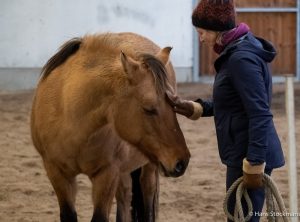 Mindset
Mindset 
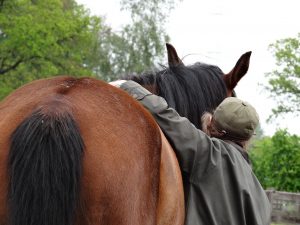
 How to mourn in these times?
How to mourn in these times?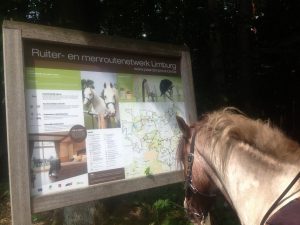 In your work context, how do you handle things that don’t go according to (your) plan? How often do you keep on trying to take a familiar road that is currently blocked? In which situations could looking for alternative routes make a difference? For you? For others?
In your work context, how do you handle things that don’t go according to (your) plan? How often do you keep on trying to take a familiar road that is currently blocked? In which situations could looking for alternative routes make a difference? For you? For others?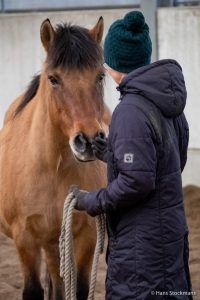 In working with horses, you don’t become meaningful by telling a story. You need to deliver a clear message.
In working with horses, you don’t become meaningful by telling a story. You need to deliver a clear message.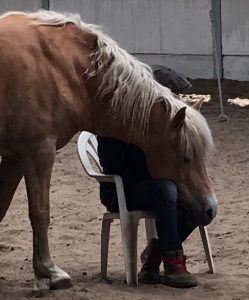 What do you do when a message you get is not completely clear to you? And when the message you give appears to be understood differently from what you intended?
What do you do when a message you get is not completely clear to you? And when the message you give appears to be understood differently from what you intended?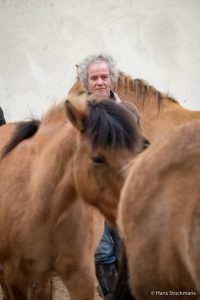 When ‘right or wrong’ becomes ‘different’ out of the mindset, “Interesting!”, differences suddenly become enriching. Everything then turns into information, an endless pallet of options, out of which you can co-create by making choices.
When ‘right or wrong’ becomes ‘different’ out of the mindset, “Interesting!”, differences suddenly become enriching. Everything then turns into information, an endless pallet of options, out of which you can co-create by making choices.